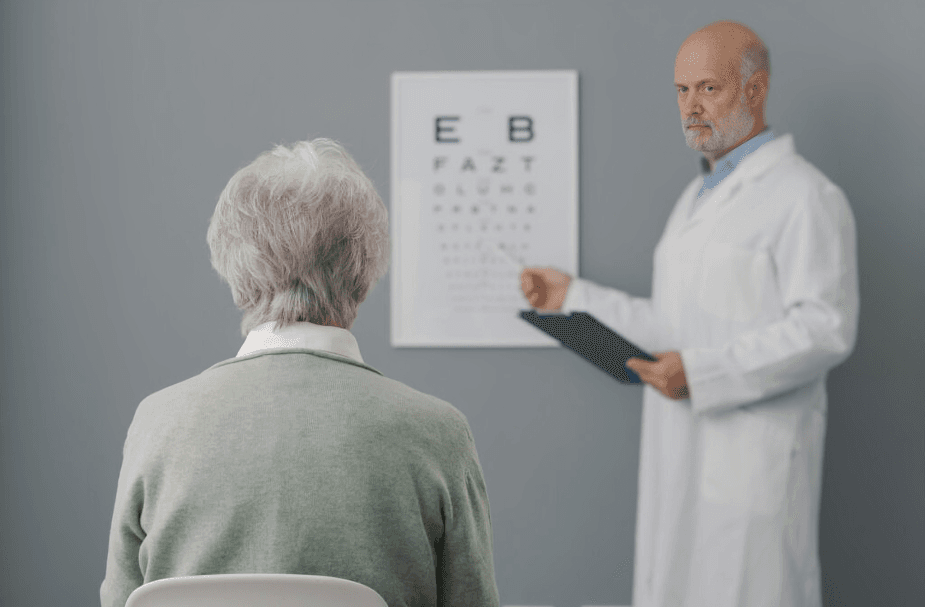
“
Improving mobility & reducing fall risk is vital for aging adults and those recovering from injury. As balance, coordination, and muscle strength decline with age, the chances of dangerous falls rise sharply. Whether it’s through daily habits, physical therapy, or expert advice, making fall prevention a priority supports long-term independence and quality of life. 1
1
”
Strength training two to three times weekly significantly enhances lower-body power, allowing for easier walking, standing, and climbing, which are essential in reducing fall risk as we age. 1
Balance exercises like standing on one foot or heel-to-toe walking activate muscles that improve stability, reducing sudden slips caused by uneven flooring or changes in surface texture. 2

Wearing proper footwear with firm soles, heel support, and anti-slip tread minimizes foot instability, making it one of the simplest daily precautions to help avoid accidental falls indoors or outdoors.
Dehydration weakens muscle function and reduces focus, increasing the chance of imbalance. Staying hydrated daily supports mobility by maintaining blood flow, energy levels, and muscle coordination. 3
Environmental factors—like cluttered floors, loose rugs, or poor lighting—account for over half of home falls. A safe, obstacle-free environment greatly enhances mobility and prevents trip hazards. 4
Tai Chi, an ancient martial art, has proven benefits for seniors. Its slow, intentional movements improve flexibility, awareness, posture, and control, making it excellent for reducing fall risks naturally. 5
Using assistive devices like canes, walkers, or grab bars doesn’t signal weakness—it promotes safety, boosts confidence, and assists with smoother transitions from sitting to standing or walking. 6
Foot problems like bunions or neuropathy affect gait and balance. Routine foot care, orthotic inserts, or regular checkups with a podiatrist can dramatically improve mobility and lower the chance of injury. 7
Multitasking while walking—like talking on the phone or carrying too many items—distracts the brain, leading to missteps. Staying focused while moving increases safety. 8

Regular vision checkups are essential, as reduced visual clarity affects depth perception and reaction to obstacles. Good eyesight is key to identifying hazards and moving confidently through spaces.
Slippery bathroom tiles or kitchen floors are common danger zones. Installing non-slip mats, grab bars, and easy-to-reach storage reduces unnecessary movement and keeps transitions safe and steady. 9
Cognitive training, such as memory games or puzzles, indirectly supports mobility by improving brain-body coordination, attention span, and decision-making—all vital in preventing stumbles. 10
Personalized physical therapy tailors exercises to individual weaknesses. Therapists assess walking patterns and strength deficits to create programs that specifically target risk factors for falling. 11
Sleep quality affects coordination. Poor rest dulls mental alertness and slows physical reflexes. Ensuring consistent, restful sleep enhances both cognitive and motor responses needed for safe mobility. 12
Progressive muscle relaxation and breath control help reduce anxiety during movement. Calmer individuals take smoother, calculated steps, making mindful motion a quiet but powerful fall-prevention strategy. 13

Arthritis often limits mobility due to joint stiffness. Gentle stretching, warm baths, and low-impact exercises reduce inflammation, increase joint flexibility, and help maintain smoother movement through daily tasks.
Hearing loss interferes with spatial awareness and balance cues. Regular audiology assessments and using hearing aids when needed support full-body orientation and reduce fall risk while walking. 14
Transitioning slowly—from sitting to standing or lying to upright—gives the body time to adjust blood pressure, preventing dizziness that often causes sudden stumbles or collapses. 15
Home exercises like marching in place or step-ups on a staircase engage key muscles daily. Even without equipment, consistent short bursts of movement prevent sedentary-related weakness. 16
Philosopher Friedrich Nietzsche believed movement reflects vitality. Embracing physical activity with respect for limitations and a safety-first mindset is the true key to freedom from preventable falls. 17


